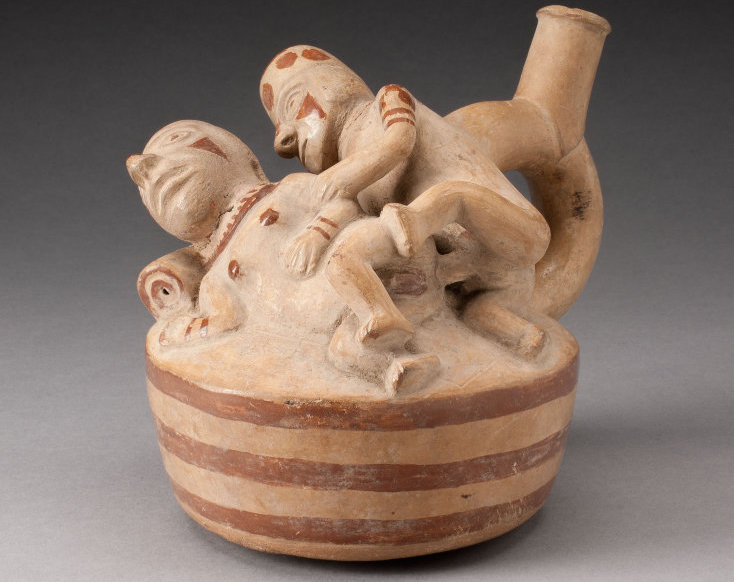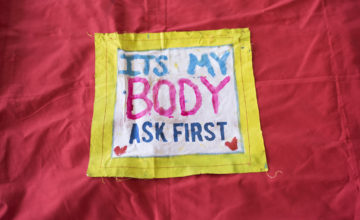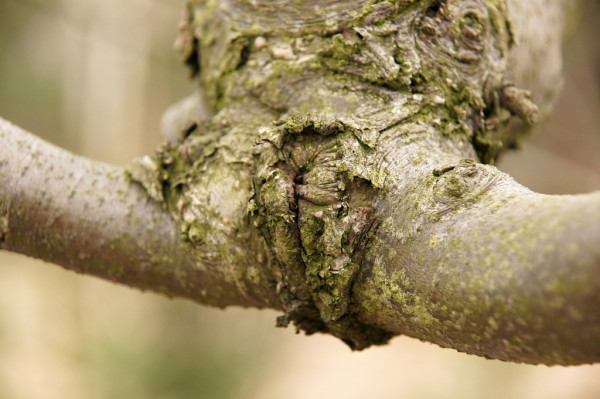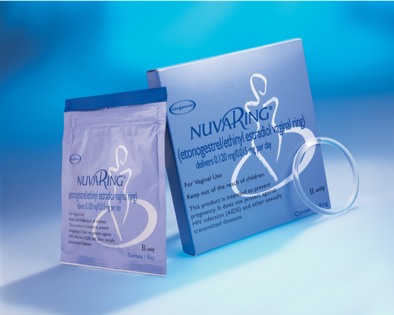
A word of warning: Some links are definitely NSFW.
There is very little new under the sexual sun. Classical Roman and Greek art honor both anal and oral sex, with the interesting codicil that the higher-ranked personage was always the top, the lower ranked the bottom, for both forms of naughty. (We can guess Julius Caesar was not unlike Truman Capote: “I’ll pitch but I won’t catch.”) The Kama Sutra (first recorded from a spoken tradition in the third century) devotes a lot of attention to going down. Peruvian art from a similar time period depicts quite a bit of rear entry. We know from Victorian pornography that both anal and oral sex were perceived as desirable more than a century ago.
However, in the Middle Ages, oral and anal were expressly forbidden by the Church since such acts could not contribute to procreation within marriage and therefore were considered grave sins. Anything other than married missionary was pretty much a big NO NO.
It’s clear that preferences come and go. What was once common can become rare, and what was once taboo can become universal. Chastity, once among the greatest of all female virtues, has now become, for many women, a “fate worse than death” (pretty much the opposite of that idiom’s original meaning). Conducted clothed more often than not in centuries past (and even often in the US as late as 1950), intercourse is now enjoyed almost exclusively naked. Oral sex, which 75 years ago was primarily done by sex workers, has become a default among almost all sexually active adults. And anal sex appears to be following a similar trajectory.*
*All data from 1948 courtesy of the Kinsey Report, which unfortunately and inexplicably is not available on line. Feel free to wade through all the tables in the book, which your friendly neighborhood library probably doesn’t have.
So what exactly has caused the striking changes in the American sexual repertoire that we’ve seen in recent decades when it comes to oral and anal?
In the mid-1900s, fellatio was a considered an intimate act — far more intimate than intercourse — reserved solely for marriage…or sex work. But that doesn’t mean it was rare: in 1948, Kinsey reported that about 40% of the heterosexual men interviewed had received blow jobs (a number clearly skewed by prostitution, since 70% had said they’d paid sex workers). The majority of these men were older, educated and married. Sadly, but not surprisingly, Kinsey found that only about 10% had given oral sex to women. Yes, in contrast to fellatio, cunnilingus was rare, rarer than pubic hair on millennials.
That all began to change in the late 1960s with the sexual revolution and second-wave feminism, followed by the third-wave feminism of the 80s and the pro-sex feminism of the 90s. Countless magazines and guides started offering popular sex ed, including instructions on how to go down on a partner. By 1992, researchers expressed surprise at how “mainstream” it had become and by 2002 a little more than 80% of men and women 15-44 had enjoyed oral sex at least once, with data skewing toward younger men and women.
Today we have Dan Savage authoritatively pronouncing that oral sex is standard and that “”Any model that comes without it should be returned to the lot.” An overwhelming majority of men (85.4%) and women (83.2%) have performed oral sex. And yet, even in the second decade of the 21st century, oral is still not considered by many adults to be “real” sex at all, offered as an inferior substitute for intercourse — perhaps, in part, thanks to President Bill Clinton’s definition of sex (which didn’t include BJs) along with the widespread meaningless casual fellatio among teens reported in Peggy Orenstein’s “Girls & Sex.” One ray of light: current research suggests that once people hit adulthood, young men and women give and receive oral at about the same frequency.
Now what about the occurrence of bending over among straight people? Anal sex was an even greater mid-century taboo, historically considered the sole domain of gay men. “Nice” heterosexuals did not consider it; they didn’t even talk about it. And there’s no evidence that straight men looked for it from prostitutes, either. Kinsey reported a sample “too small to analyze” when he asked about anal sex among heterosexuals. In subsequent decades, explicit references to butt sex (for example, in 1974’s Last Tango in Paris and John Updike’s 1981 Rabbit Is Rich) carried suggestions of perversity, depravity and darkness. Indeed, even 10 years ago positive literary references to it were considered fairly shocking (see the dropped-jaw reactions by many to Toni Bentley’s memoir The Surrender on the glories of backdoor love.
A review of the available data suggests that back in 1990s, about 10% of sexually active adults had engaged in anal sex. Jump ahead just a decade or so: a 2007 study found 34% men and 30% women reported ever participating in heterosexual anal sex — that’s a three-fold increase!
Since then, we can thank the Internet for bum lovin’s further mainstreaming. By allowing easy access to pornography (anal sex in particular), the web has provided (unrealistic) images of anal and made it just one thing people do sexually. “Internet speed” has also encouraged the spread of the idea that anal sex is uniquely pleasurable. And a much more sexually liberal society has let loose a deluge of online articles about—and usually encouraging—anal sex. There are few concrete numbers, but research seems to suggest a current level of anal sex among the general population about where oral sex was in 1980.
So we appear to be looking at an anal “learning curve” similar to that of oral sex, just lagging behind about 30 years. Like oral on its way up, anal today is sometimes considered a poor substitute for intercourse, with straight men often in the seemingly preferred position (bending over is the equivalent of bobbing). Oral sex had “mainstreamed” by 1990 and become almost universal by 2010. If 30% of younger men and women were engaged in anal sex 10 years ago, it is plausible that anal could become heteronormative among younger people any day now, be “mainstream” in less than a decade, and be virtually universal before 2030 or ’40, with it being given as well as received at the same rate among women and men.
There are three key factors which could impede anal’s rapid growth in popularity:
1. The religious “purity” movement, which encourages young people to stay “virgins” until marriage, seems to increase (read: inadvertently encourage) interest and participation in oral and anal sex among teenagers, by as much as 10 percent. Could better, comprehensive, secular, sex education lead to a decrease in anal among teens?
2. Incorrectly done (which is by far the norm among first timers), anal sex can be unpleasant: messy, painful, even dangerous. While the taboo nature of anal sex surely adds to its appeal, fear of its risks can be a real mood killer and thus a deal breaker.
3. Finally, the homophobic and sexist (mis)perception of anal sex as something either purely homosexual (a man only does it to a man) or dominantly masculine (a man does it to a woman) could keep this activity from being embraced by many men, whether as givers or recipients. And as gender equality increases, how many women will be happy to experience this sex act in one direction?
Assuming the quality of and access to sexual education only increases in America in the coming years (a shaky assumption under the Trump administration!), then the inflection point—that is, the point at which a gradual increase becomes much more rapid—could come within five years. Mark your calendars (but don’t hold your breath…anal is much easier if you breathe deeply).
Dr. AlanK, a psychologist specializing in the way people interact with ‘progress’ in general and technology in particular, describes himself as educated beyond his competence and opinionated beyond his education. Besides being an MVP commenter on EMandLO.com, he is currently working on a book about how increased healthy life expectancy will influence family structure.
Don’t get this wrong:
A Beginner’s Guide to Anal Sex

















Re: the church
I’m an outdoorsy kind of guy, and on occasion I’ve gone stretches without bathing. There’s no WAY I’d let someone’s face down there under those circumstances, and woe betide anyone foolish enough to venture near my ass.
That got me thinking: it kinda WAS a disgusting perversion to go down on someone prior to modern sanitation standards. Like, “ewww, you put your FACE there?!”
Maybe the ancients had some kind of bodily sanitation worked out. Maybe the Greeks scrubbed off in the sea (bonus points for waxing, ancient Greece!). Maybe the ancient Peruvians had a quick rinse in Lake Titicaca. One thing’s for sure: no one in history was filthier than medieval Europeans.
Just saying, there were reasons beyond prudishness to avoid certain sex acts prior to modern plumbing. Sanitary reasons.